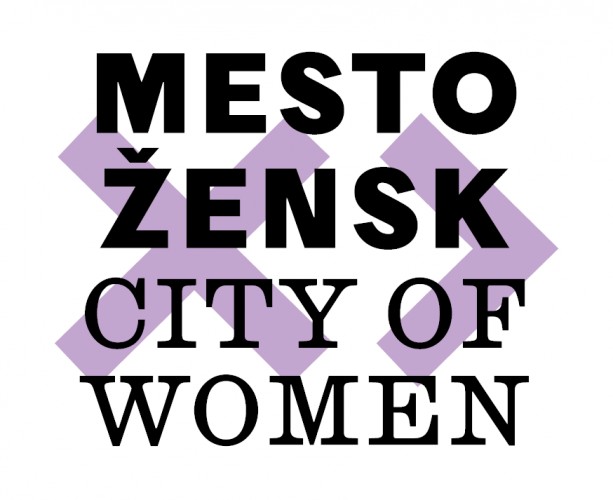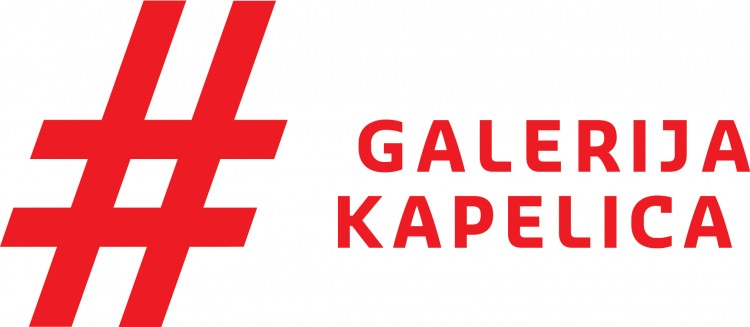"Onone came into being inspired by a dream." (Alicja Zebrowska)
With her eyes closed, Alicja Zebrowska had a glimpse of Onone - The World After the World, or the world before the world in front of which one seems to be dreaming with eyes open wide. Within the realm of the subconscious and the sublime, an individual journey becomes collective, and the artist's psyche/body one's own. Uniting the Polish 'he' and 'she' into one word, Onone speaks of an encounter between the Other and the Self in an androgynous body (allegory of art), re-membered as a true home in the artist's search for (a lost) identity. Within its corporeal and psychological borders Onone is a reincarnation of Hermaphroditos, the fe/male child of Hermes and Aphrodite in Greek mythology and embodiment of Jungian animus/anima, the unconscious masculine and feminine archetypes. The utopian creature represents spiritual/sexual healing - the release of human pain originating in the separation of perfect archaic bisexual beings into two halves by the jealous gods (Plato). Onone liberates (the suppressed) and transcends (social construct), appearing as holy (ghost?), an icon to worship, a god/dess no longer fearing (bi)sexuality, which makes 'completeness unto itself' meaningful (Autoholos, photo). Thus created, the Garden of Eden circulates libidinal energy as the nectar of life (Onone, video), at the same time introducing contemporary artificiality, including implants and transparent plastic garments as a second skin. It might be because of its grotesque horror-comic body that Onone nevertheless needs to re-assure itself in absolute self perfection through 'Mirror, mirror, on the wall, who is the fairest of them all?' (Affirmatio, photo); and needs to re-visit the same old therapist (Freud) in the nineteenth-century Hypnosis (photo), this time bringing along a new, self-fertilised life. Only then is it (she) ready to move on.
Like the content of a champagne bottle that has just exploded into space, still holding a cork in the mouth, Onone (Autonekrophagos, photo) takes on a cosmic journey, leaving its earthly skin behind, and embracing the Self - yet to be discovered.
Before the diverse opus of Zebrowska's work, one assumes her upbringing in Catholic and communist Poland (woman's sexuality being the object of political/religious manipulation) to be the conditions that made her of one the most controversial female artists of her generation. She has shown that 'the private is political', and has shocked and disgusted audiences by mercilessly deconstructing the patriarchal God with the tools provided by her own body. Her vagina becomes a shameless eye gazing back at 'Him' (The Mystery is Looking, 1994), giving birth to a 'beautiful' Barbie-doll at the site of her 'Biblical sin' (Original Sin, 1994), producing an effect of nausea instead of pleasure. Zebrowska's social work focuses on marginalised groups, such as homeless (Picnic for Homeless, 1994) and disabled people (Humanitarian Cases, 1994), whilst her interactive public actions bring forth the social/spiritual malaise of post-modern times (Can You Take It in Your Hands?, 1997; We Are All Ill within Ourselves, 1997). The artist further suggests that the identity crises we face originate in our isolation from spiritual sources (Monitoring, 2000). In her collaborative project with Jacek Licholn, she finally enters church(es) in order to ambiguously merge art/spirituality, while mocking the exclusivity of religions by continuously divorcing and re-marrying the same partner in the name of a 'different god' (Infiltron, ongoing since 1998).
Milijana Babic


